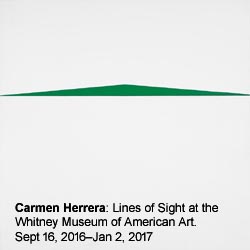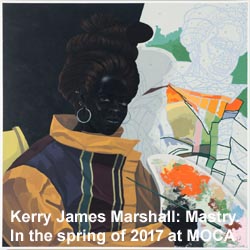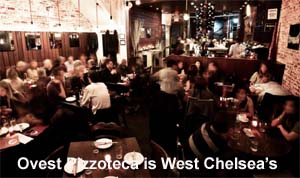At Play with Lance Dehne
Aaron Zimmerman

Artineering: “It’s about art, mechanics, sculpturology, engineering, botany,
ornithology, ideology, physiology, sculpturology, colorology, and visionology.
Conceptual ideas are rethought, reworked, fine tuned, and molded into a
functional and aesthetic product.” Seems all inclusive, heady, visionary, full
of invented “-ologies” right? Well it is. The bottom line is that, for Dehne,
it’s all about play. On the surface of things, play comes down to the amusement
derived from color, form and light that are so often the toys of artists.
Dehne’s tones are often high key,
the purity of the pigment often primary, the shapes organic and rounded. He
writes, “Round is fun. Painters use round all the time — round ladies with
round faces dancing ‘round with ‘roundly’ curved musical instruments. Round
with color is dessert. Everyone reacts to a shiny, round, red rubber ball.”
Children are usually attracted to this kind of stuff. But his combinations
carry a sense of sophistication and carefulness in their juxtaposition, lifting
them out of the simplistic understanding attributed to the youthful eye.
His is a mature recreation; one
well educated in the way things work as machines. The engineer’s mind is having
fun. So it only follows that what he makes ends up looking like strange mechanized
versions of things. Like in Ballerina
where the parts of a female form are broken down into parts, given hinges,
joints, pulleys, gears and belts as if she was some clock-like mechanism set to
rotate and swivel in a dance. The mechanical aspects of his work are most
directly explored in sculptures of a bird, a guitar player, and the Grape
Stomp pieces on view at his website in the
‘Sketchbook’ section. Also in this section are the hilarious drawings of
everyday objects: mostly food. Each one is set in a contraption that either
destroys it (Crab and Garlic
style=’color:black’>), hangs it out to dry (Salami
style=’color:black’>) or prepares it for consumption (Wine
style=’color:black’>, Cheese, and Coffee
style=’color:black’>).
Salami
style=’color:black’> is my favorite. It reminds me of a seminar critique in
grad school of someone’s work that was dealing with unexpected humor. A peer of
mine was asked to explain the role of
name="OLE_LINK8">the random and
weird in comedy. After some hesitation she said, “You know, like a noodle in
the bathroom.” Everybody cracked up so hard many of us were crying. A noodle in
the bathroom? What the hell does that mean. It caught us so off guard that we
were floored. I get that same feeling from Salami
style=’color:black’>. A salami log is hung out to dry with an apron in front of
a bright sun. It’s so simple, so mundane, so domestic, and so unexplainable
like pasta on a toilet.
This group also reminds me of
early Sesame Street episodes with their animations of simple concepts like
letters, numbers, sounds, distance, etc. The colored pencil outlined forms also
have a ‘70’s children’s illustration feel, most closely linked to the drawings
shown in Golden Presses’ Shufflebooks done by Richard Hefter and Stephen Moskof
in 1970. This is not something lost onto Dehne. He states: “Yes, I did have an
‘Erector Set’ when I was a kid. I also participated in the games ‘Mousetrap,’
‘Operation,’ ‘Chutes and Ladders,’ even built a few ‘Mr. Potato Heads’ and
many, many model airplanes.” The sketchbook section offers us the most direct
view into the toy-like mechanical aspects of Lance’s work. The shapes are shown
broken down and in the raw with and without color. They give us an insight in
to the pseudo-motorization of pieces like The Toss
style=’color:black’> and The Dare,
where color and light play through the forms to give them a sculptural
physicality, as Dehne explains, “to convey some sort of action or event”.
He’s not involved in wild,
abandoned expression though. There is a sense of restraint and perfectionism in
what Dehne does. The child is smart and well behaved: neither irascible nor
rebellious. His work is visionary but not revolutionary and certainly not
violent or messy. His creative process appears to start on the draftsman’s
table, not in the painter’s studio. His fascination for moving parts and
components in machinery is his major inspiration, not a desire to change the
world.
Lance expresses the energy of his
20th century forefathers such as Miro, Gorky, Dekooning, and in a more
contemporary context, Carroll Dunham, Elizabeth Murray, and Frank Stella
(particularly the maximalist work of recent years, though not as chaotic as Stella).
On view at the Berliner Kunst Project in March will be, in Lance’s words,
“defaced blueprints and small masonite board constructions with a sculptural
quality like that seen in The Toss.”
For more information, please visit
artineering.com (especially to download Dehne’s in-flight movie).


















